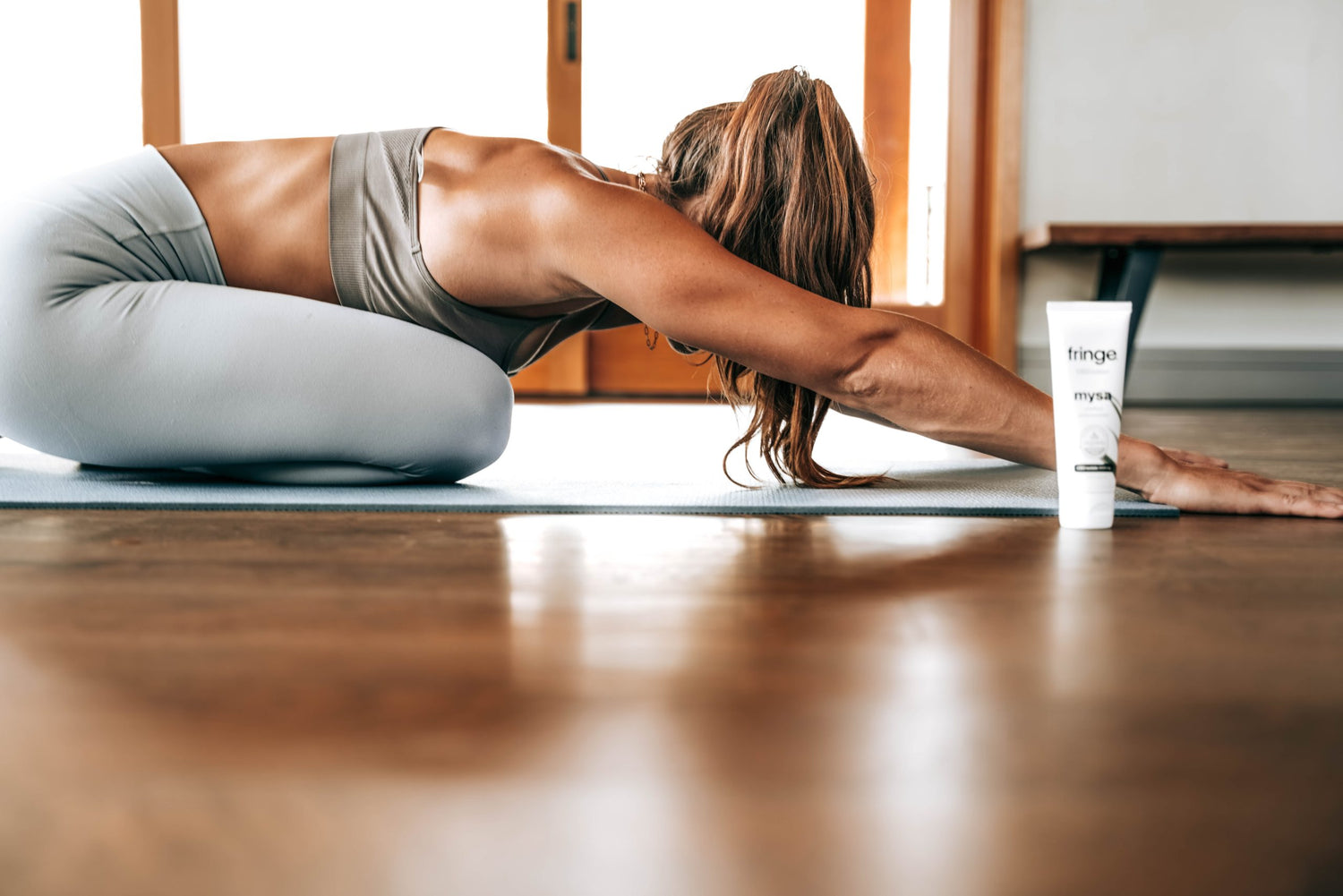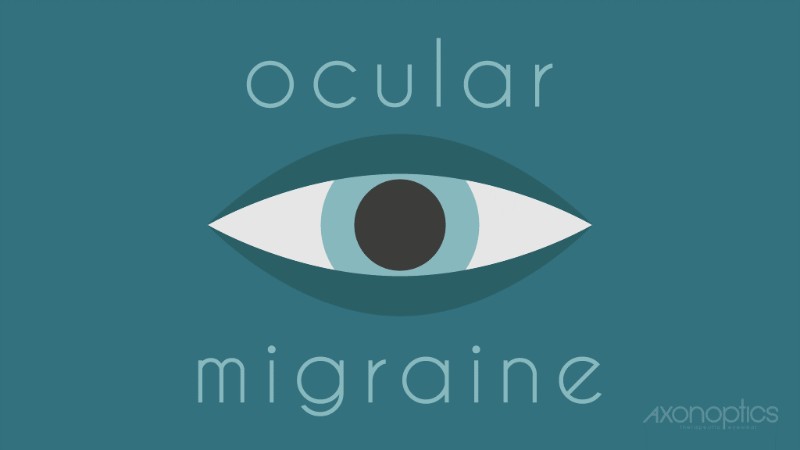This article will discuss why stretches for migraines might help, what research has been done, and what stretches you might want to try.
How Stretches for Migraine Help
Gentle stretching can help you release tension, which is always a good thing if you get migraine attacks. Yoga, for example, combines stretching with mindfulness and breathing to help relieve tension and stress, which could contribute to migraine attacks and tension headaches.
Consistently performing certain stretches for migraine attacks could help reduce stress and tension triggers, let's take a look at some of the research.
Research Into Using Stretches for Migraine
There is some quality research to support using stretches — specifically yoga — for migraine attacks.
In 2014, a study found that yoga was helpful in reducing both intensity and frequency of headaches in migraine patients. This study pointed out two main ways practicing yoga might benefit people with migraine.
- Yoga’s deep, slow breathing eases the body’s autonomic nervous system
- The practice of yoga reduces stress hormones
Both of these benefits are associated with an improved bodily response to stress.
A study conducted in 2020 found that participants who did yoga in addition to their medical migraine therapy experienced a greater reduction in migraine frequency than those who used medical treatments alone.
Yoga may not be the only appropriate type of stretches for migraine, but that doesn’t mean every type of stretch is the right kind for migraine management.
The American Migraine Foundation recommends mellow, easy stretches. If you take on an intense routine full of complicated poses that are beyond your capacity, you could risk making your migraine symptoms worse (and that’s after you fall over).
Specific Stretches to Use for Migraine Attacks
There are several yoga and stretching exercises that could potentially help your migraine, such as child’s pose, side neck stretch, sitting forward fold, chin tuck, cat-cow pose, and downward dog. Since these stretches loosen muscles and release tension, they could lead to pain relief.
These stretches loosen muscles and release tension, you could find yourself getting some pain relief.
Child’s Pose

Well-known to most yogis, the child’s pose is a standard move designed to stretch your upper back and relax your mind. If you let your arms truly relax along your sides, it can feel especially restorative.
How to Do It
To do the child’s pose, start by kneeling on the floor and take the following steps.
- From all fours, spread your knees to about the width of your mat. If that feels too far apart for you, you can adjust the distance. Though your knees are apart, keep your big toes touching. Let your butt rest on your heels.
- Sit up tall, placing your hands on your thighs. Let your neck lengthen and your shoulders relax down.
- Bend at the waist to lower your torso toward the mat. Reach your hands toward the front edge of your mat.
- Let your forehead rest on your mat, relaxing your neck, arms, and shoulders. Or, you can rest them alongside your body, with your palms facing up.
- Hold this stretch for about 30 seconds.
Don’t worry if you’re not as flexible as the yoga instructor next door. If you’re doing the pose the right way and relaxing into it, you’ll get the benefits.
Side Neck Stretch

This isn’t a yoga pose, but it can gently release tension in your upper back and neck. It doesn’t matter if you do this stretch seated or standing.
How to Do It
Whether you’re sitting or standing, remember to keep your spine neutral — don’t lean forward or back. Relax your shoulders and arms, letting your arms hang naturally.
- Lower your right ear toward the same shoulder. On the opposite side of your body, extend your left arm toward the floor and stretch your fingers out. Hold it for about 30 seconds.
- Return to your starting position, with your neck straight.
- Repeat this on the other side, lowering your left ear toward your left shoulder and extending your right arm down.
Sitting Forward Fold
This is also called a forward bend. It stretches your legs, and offers you a chance to rest your head if you’re flexible enough.
How to Do It
Essentially, this stretch has you folding your body in half from a seated position.
- Sit on the floor and stretch your legs out in front of you, as straight as you can. If you need some cushioning or support, you can sit on a folded towel or blanket.
- Flex your feet back to point your toes up, as if they were against a wall. Sit up tall and lengthen your spine.
- From your hips (not your waist), bend forward and lower your torso onto your thighs, if you can. If you need to bend your knees a bit to make this more comfortable, that’s fine.
- If you’re pretty flexible, lie your forehead on your legs and put your hands on your feet wherever it’s comfortable. If you’re not that flexible, don’t worry. Just hold the stretch for 30 seconds in a way that’s comfortable for you.
Chin Tuck
If you have neck tension that you feel contributes to your migraines, the chin tuck could help alleviate some of that tension. It’s also a good posture check to make sure your head is aligned with your spine, instead of jutting forward (which is pretty common these days because we spend so much time looking at phone screens).
How to Do It
Begin by sitting upright and looking straight ahead with your ears over your shoulders.
- Place your finger on your chin.
- Keep your finger still while you pull your head and chin straight back until you feel a stretch at the top of your neck. Don’t bend your neck backwards or tip your chin up. Just pull straight back. You are creating some space between your chin and your finger.
- Hold for 5 seconds if you can, then bring your chin back to the starting position.
- Repeat this stretch for a total of 10 repetitions. You might need to work up to it.
As you get more comfortable with the chin tuck, you might not need to use your finger.
Cat-Cow Pose

This is another yoga move. As a gentle flow between two related poses, it’s often used as a warm-up. It stretches the back, neck, and torso, and opens the chest.
How to Do It
Start on your hands and knees on a yoga mat, with your knees directly under your hips and your head in a neutral position.
- Point your fingers straight, toward the top of the mat. Your shins and needs should be apart, about hip-width.
- Move into the cow pose by inhaling as you drop your waist toward the mat, slightly arching your back. Look up as you do this to keep your neck in line with your spine.
- As you stretch, think of drawing your shoulders apart, away from your ears.
- After holding for just a few seconds, move into the cat pose. Exhale while drawing your waist upward, toward your spine, rounding your back like a cat.
- As you move into this pose, drop your head down toward the floor, so it’s aligned with your spine. But don’t push your chin into your chest.
Repeat the pattern, inhaling and exhaling, for 5 to 20 repetitions.
Downward Dog

This is one yoga pose many people already know. It could ease your migraine discomfort by releasing tension and promoting better circulation to the head.
How to Do It
Downward dog, or downward-facing dog, also begins on all fours.
- From your hands and knees, place your hands about shoulder-width apart, with your knees about hip-width apart. Your spine should be neutral.
- Tuck your toes under so you’re ready to anchor yourself. Then lift your hips to straighten your legs, but don’t lock your knees.
- As you do this, press your hands into your mat to lengthen your arms.
- Think of putting your body into an upside-down V position. As you stretch, lengthen your spine and try to reach your heels toward the floor.
- Hold for 30 seconds.
Stretches for Migraines are Just One Tool
If you decide to try stretching to see if it helps with your migraine attacks, keep in mind that it’s best used in conjunction with other tools.
One of the tools we recommend is migraine glasses. Axon Optics powered by Avulux lenses are the only clinically proven lenses that precisely filter light to help people living with migraine. They block up to 97% of the harmful light linked to migraine attacks.






